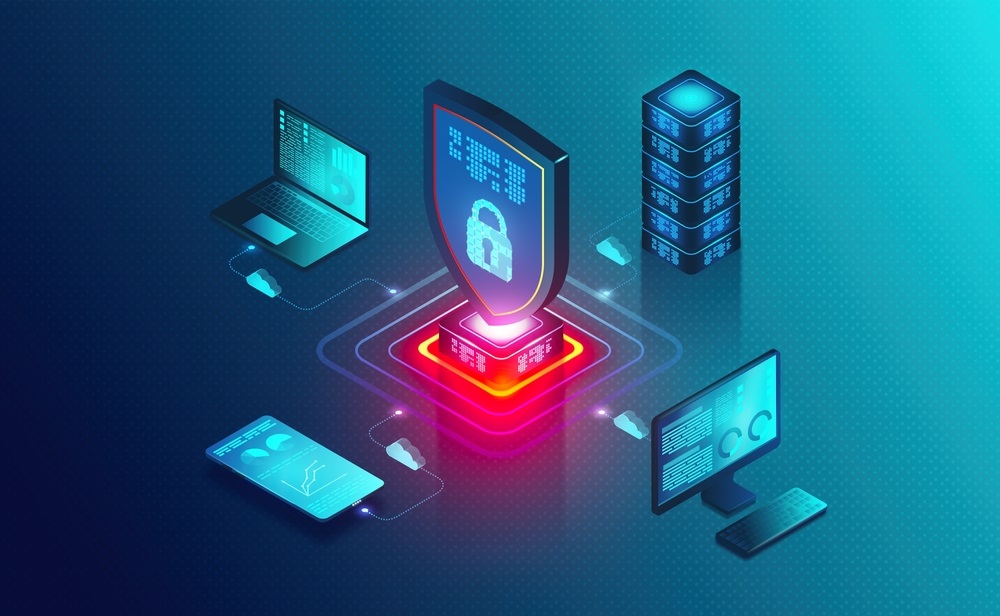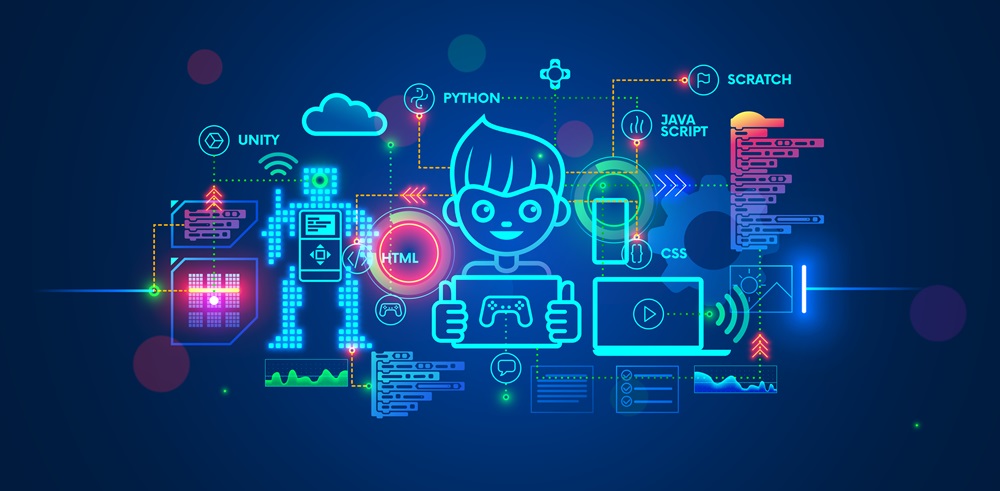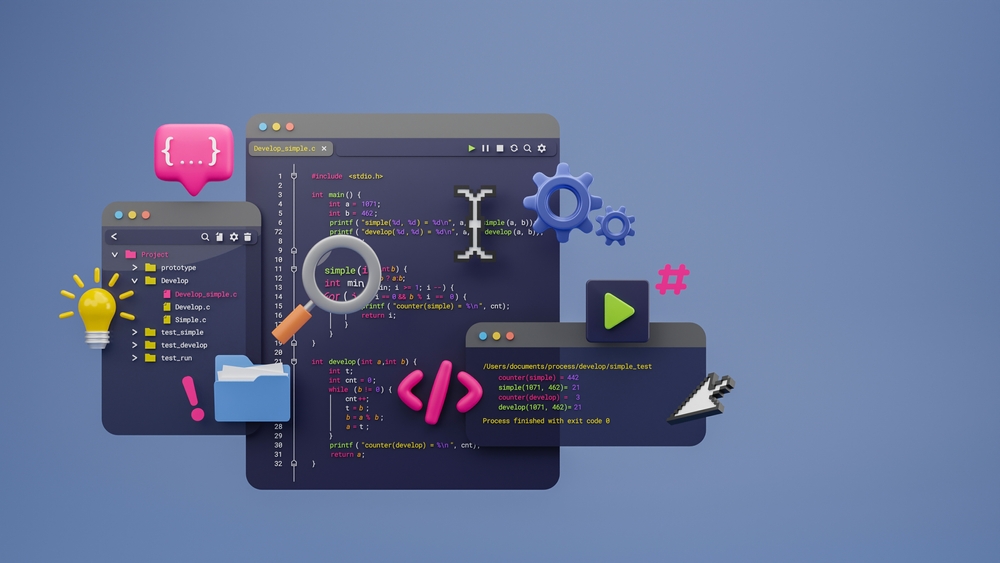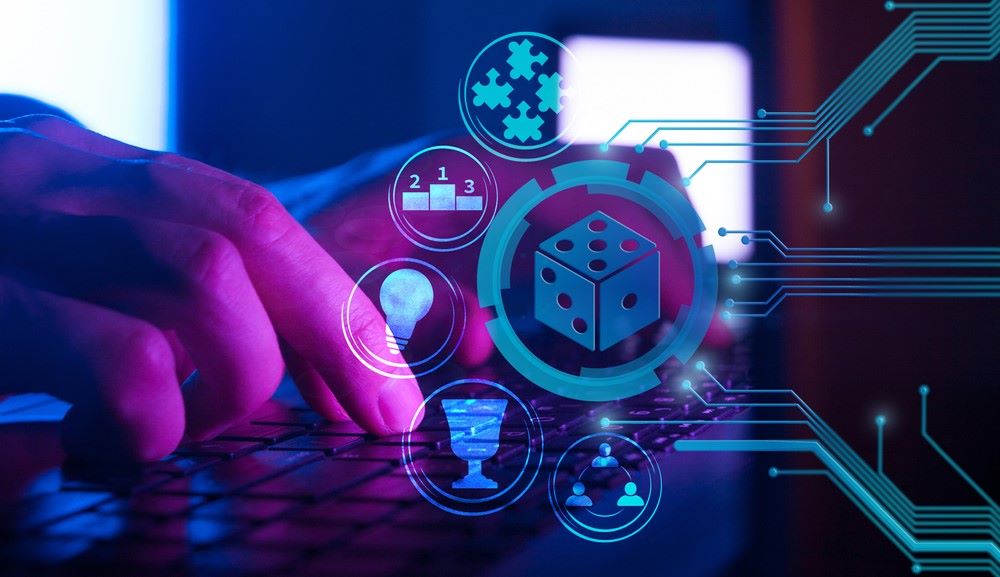IoT Security: Current Challenges and Future Proof Solutions
The Internet of Things, simply referred to by people in the loop as ‘IoT,’ has been a transformative force for the world.
It has brought about new levels of efficient and innovative design for whichever industry it has touched – whether manufacturing, healthcare or in building smart homes and cities.
IoT devices and technologies have found use in both our daily lives to also in the operations of major organizations and companies. As it is highly malleable and can adjust to fit all types of scales and structures.
But as the landscape for IoT has increased, so has the need for IoT security standards which seek to address the vulnerabilities against cyber-attacks and other routes.
It is nothing short of a marvel in the world of digital technologies that IoT connects various devices and provides numerous benefits to their users.
And many companies across different sectors are adopting industrial Internet of thing capabilities to suit their work and purpose. However, there’s also an urgent need to address IoT security needs.
And the challenges that it entails for organizations looking to shore up any vulnerabilities.
Why IoT Security is Important for All Industries?
In the same way that companies relying on SaaS products and programs have discovered and adopted solutions enabling SaaS security; IoT security is a vital part of the experience for companies that have adopted IoT devices and capabilities.
These IoT solutions vary from their application, type and use cases from industry to industry. However, they all need a boost in this field, for IoT security, regardless of which industry does a company represents.
Here are some examples of industries that can greatly benefit from implementing basic or even advanced solutions for IoT security:
✔️ Manufacturing Industry
Beefing up the IoT security levels for companies dealing with manufacturing products can be useful in stopping various types of attacks.
Whether it be cyberattacks that can steal the data relating to their work and operations. Or a security breach from the machinery that can cause production to be halted till its fixed – allowing the plant to use the IoT devices to keep a watch over the processes and control any type of activity.
✔️ Healthcare Industry
When dealing with IoT devices in healthcare, some of the most crucial aspects that require to be addressed is that of the privacy of patients.
If the devices are connected via online platforms and configurations, then even medical devices are vulnerable to attacks that can cause disruptions in patient care.
IoT security is important for the healthcare industry in this regard – as medical facilities rely on IoT applications and tech for various purposes such as for managing their inventories, monitor their patients, etc.
✔️ Critical Infrastructure
For cities and urban locations, and even large buildings and complexes, critical infrastructure refers to the essentials that are required for basic, day to day functioning.
This might include water and electricity systems, communication and internet lines, waste disposal, security services, and more.
IoT security is vital for safeguarding our critical infrastructure on account of how smart devices and sensors are normally used for controlling them.
As any attack can cause widespread problems and issues for people.
✔️ Energy Industry
The energy industry consists of infrastructure and production companies involved in various fields.
Be it oil and gas, coal, power plants and grids, they have all proven to be slowly and steadily adopting IoT devices and capabilities into their operations.
These smart devices are used to monitor their production processes and help in controlling or analyzing various pieces of the whole operation.
Just like any critical infrastructure, without IoT security, many in the energy industry will be left exposed to attacks that can cause blackouts or disrupt the flow of power to and from the plants.
✔️ Transportation Sector
As a highly digitized field, the transport sector sees the use of IoT devices in many situations. Whether it’s for managing traffic, for upkeep of infrastructure, tolls and cameras, traffic control, there are plenty of opportunities for others to attack and disrupt the system.
IoT security has also been important for the transportation sector because of this reason as many countries now rely on smart technologies to control traffic and for the security and safety of drivers and pedestrians on roads.
As you can see from the above examples, IoT security, just like SaaS software development, is undoubtedly quite important for all industries – especially the ones that have begun to adopt IoT capabilities into their daily operations and businesses.
Therefore, it’s important to understand the risks, the challenges to these technologies. And accordingly, take all the steps necessary to mitigate them before it affects one’s IoT devices or network.
Guardians of Data: Decoding IoT Security Challenges

While traversing IoT security and all the devices and applications it is protecting, it is also crucial that we reflect upon the risks or challenges that one can face.
There are vulnerabilities that often get exploited or gaps that may provide a backdoor to elements looking to attack IoT systems.
Here are some common challenges or risks faced by IoT security in navigating and protecting the digital landscape:
✔️ Handling a Large Ecosystem
For many businesses across various industries, adopting IoT in one’s operations could be as simple as implementing smart trackers or sensors in the tools and machines involved in their operations.
For other businesses, it can range anywhere from minor changes to major IoT solutions that extend to numerous instruments and gadgetry.
Regardless of where a company fits on this scale, IoT for businesses is an expanding landscape and its natural for companies to have various devices interconnected for its operations.
Because IoT for a business can include many devices or solutions that can differ in features and problems, one can see how it all amounts to a large ecosystem.
Handling the IoT security of such a diverse setting is a challenge for many to accomplish on their own. And can often require added assistance, to cover all sorts of security features and vulnerabilities that they require.
✔️ Firmware and Software Upgrades
Because of the nature of using devices and machines fitted with IoT solutions, companies wanting to keep them updated might face challenges in doing so.
This boils down to the fact that the devices have very basic processing as well as memory capabilities and that impacts firmware and software upgrades in two main ways.
One is that the hardware limitations make it difficult to implement strong IoT security features, which often, are the need of the hour for that company.
Secondly, the upgrade process can be very slow owing to the reduced processing powers and that gives rise to other issues such as long downtimes and vulnerabilities during the process.
✔️ Encryption and Privacy
Privacy concerns go hand in hand with whenever there’s data, especially user data being collected.
And IoT devices rely on collecting said data for a number of its operations, whichever industry its being used in by a company or organization.
IoT security has thus seen this challenge as keeping this data private and secure can require putting up various checkpoints, which eventually hampers work efforts or might even not be as solid as intended.
On top of that, not all IoT devices and solutions are capable of handling data encryption and decryption tasks. At least, not without external devices attached to the main device for majority of the tasks.
This makes it even more challenging to keep one’s data secure by means of encryption – and thereby susceptible to data breaches.
✔️ Network and Supply Chain Risks
Maintaining network security is essential for businesses as they can often leave the computers and other smart devices being used in the department – exposed to intrusions.
However, with the advent of IoT devices, expanding the same level of network security to all devices uniformly, has been a challenge for IoT security to overcome.
This can also be an issue for companies relying on IoT applications to manage their supply chain and logistics. The supply chain might encounter soft or weak spots owing to inadequate security coverage.
And malicious elements or cyber criminals might target these supply chains in order to simply disrupt or cause losses to the company.
✔️ Older Systems and Constraints
Either owing to economic constraints or just due to hardware and software availability, it is possible sometimes that IoT applications are integrated into older, legacy systems.
These systems or existing infrastructure are old and therefore prone to various issues relating to speed and connectivity and even exploits.
Another challenge for IoT security thus stems from the fact that some manufacturers might prioritize functionality of their systems due to constraints or other such reasons.
And the newer IoT applications might not work as intended when being used together, causing compatibility as well as security issues.
Whichever industry it is, many organizations have started to either face or at least become aware of such challenges that IoT security faces when implementing smart devices and solutions.
The ecosystem of software and hardware that makes up the bulk of IoT applications is diverse and therefore requires a multi-pronged approach.
There’s no ‘one size fits all’ method of doing things and it is only through continuous monitoring, strong policies and security development practices will companies deal with these challenges strongly.
Safeguarding the Future: Major IoT Security Solutions
Now, as we’ve explored above, there are certainly a bout of challenges that afflicts IoT security practices and the use of IoT applications across various industries.
To help alleviate these problems, companies can consider several practices that can not only help in today’s situation, but also continue to be improved and stay useful in the future. Let’s take a look at some important IoT security solutions:
✔️ Secure Hardware Usage
Incorporate hardware-based safety measures in IoT devices, such as hardware root of trust and private enclaves, to offer a solid foundation for IoT security.
These features can assist prevent unwanted access and tampering.
✔️ Boot and Cloud Updates
Ensure that only trustworthy firmware and applications may operate on IoT devices by using secure boot procedures.
To provide fixes and updates in a safe way, use secure over-the-air (OTA) update techniques which is done remotely and can be implemented over the cloud.
✔️ Enforced Encryption
Encrypt data from start to finish, throughout transmission and at rest, with robust encryption techniques.
And, to secure sensitive information, use IoT security data protection mechanisms such as data anonymization and tokenization.
✔️ Complying with Regulations
Keep up to date on changing IoT security rules and compliance needs in various areas and sectors. And take this time to also maintain a proactive attitude toward compliance.
✔️ Continuous Monitoring
Use continuous monitoring systems to discover and take action for incidents involving security as soon as possible. Also, if possible, create an incident response strategy that is specific to IoT contexts.
✔️ Part of the Design
Bring together cybersecurity from the start of the conceptualization and manufacturing process. Ensure that IoT security concerns, such as threat assessment and verification of security, are an important part of the final product's lifecycle.
Advanced Authentication
To prevent unwanted access to IoT gadgets and systems, use strong authentication techniques such as biometrics and surveillance, multiple-factor authorization (MFA), and strong password rules.
Now that we’ve finished exploring the challenges and solutions to the world of IoT security, it is clear that safeguarding the Internet of Things is important for business to grow.
Security vulnerabilities must be addressed and give way to a strong foundation – born from encryption, authentications, and machine-driven monitoring.
If you want help in fortifying your IoT infrastructure or some important info and guidance on IoT security, then don’t hesitate to reach out to us for a consultation.
At EDIIIE, our team will ensure that your devices and data are protected and that you can navigate IoT security with peace of mind.






